Spotify Not Working, playing, loading, or syncing? You’re not alone. When music stops, the mood breaks, and it’s very frustrating. However, the good news is that most Spotify problems are easy to fix in minutes. In this guide, we’ll share 10 quickest ways to get Spotify working again on your phone, tablet, or computer. More importantly, these solutions don’t need any tech skills. Let’s fix the glitches, boost performance, and keep the music going without stress. Start now and enjoy your smooth listening experience in no time.
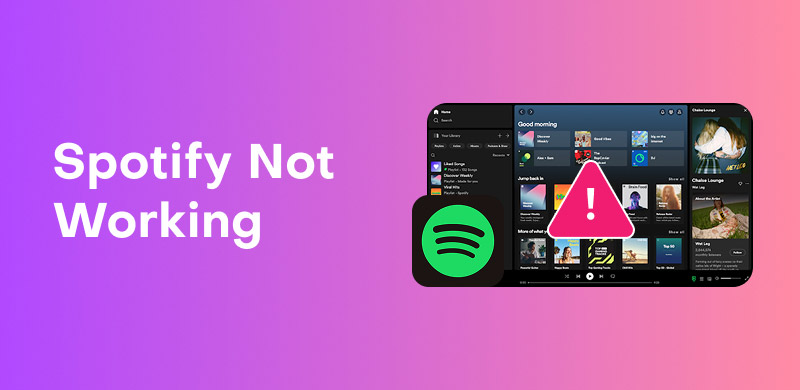
Spotify can stop working for simple reasons. Here are some common reasons:
• Unstable or slow internet
Spotify needs a stable data transfer. If your Wi‑Fi drops or mobile data is slow, songs will buffer or can’t be loaded.
• Spotify server outage
Sometimes the issue is on Spotify’s side. When servers are down, playback fails for many users.
• Outdated app version
Old versions can be buggy or incompatible. Updates often fix crashes and errors.
• Corrupted cache or app data
A cluttered cache can break search, loading, or downloads. Clearing it refreshes the app.
• Device limits (storage, battery, OS)
Low storage, battery saver, or an outdated OS can affect Spotify’s functions.
• Audio output or Bluetooth misrouting
Sound may be sent to another device or a muted output, making Spotify seem silent.
• Account or subscription problems
Payment issues, region changes, or device limits can block streaming or downloads.
When Spotify is malfunctioning, such as stalling or lagging, it's often something within your control related to your connection, how the app is performing, or what you're experiencing on your device. Try these ten quick fixes that address the majority of typical issues, from easy checks to larger resets. Choose and choose what you like and simply skip those you don't!
If lots of other people are complaining that they have issues too, then it is likely a server problem. Just be patient: It would be better to wait for them to solve the real issues, rather than messing around with those settings on your end.
Flaky Wi‑Fi, weak cellular data, or high-latency networks cause buffering, skipped tracks, and login errors. Try a different network, switch between Wi‑Fi and mobile data, or move closer to the router. Disable data saver or metered-connection modes that can throttle streaming.
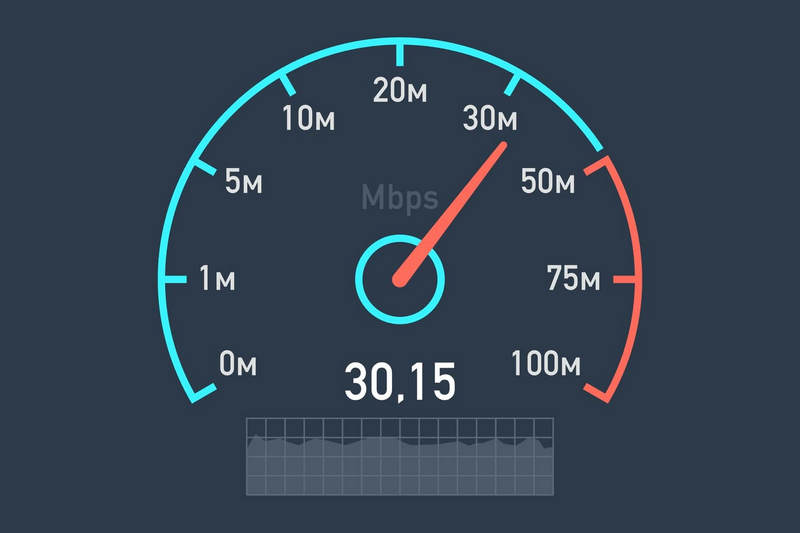
Clean relaunch eliminates pesky things such as the playback hanging up, a frozen user interface, or album artwork gone astray. Simply closing down the app full-stop—so it isn’t resident in the background—almost always rectifies those memory or cache problems that simply minimising won’t address.
Large apps are constantly battling with RAM, CPU, and bandwidth. Such things as background recorders, VPNs, web browsers with numerous tabs open, or even other media players can completely ruin your audio and streaming. Shutting them down will release resources and reduce issues like stuttering, lag, or those frustrating pauses.

Firewalls and VPNs can block or reroute traffic in ways Spotify doesn’t like, leading to login loops or endless loading. Temporarily disable them to test, or add Spotify to your allowlist. If a VPN is essential, choose locations with low latency and consistent throughput.
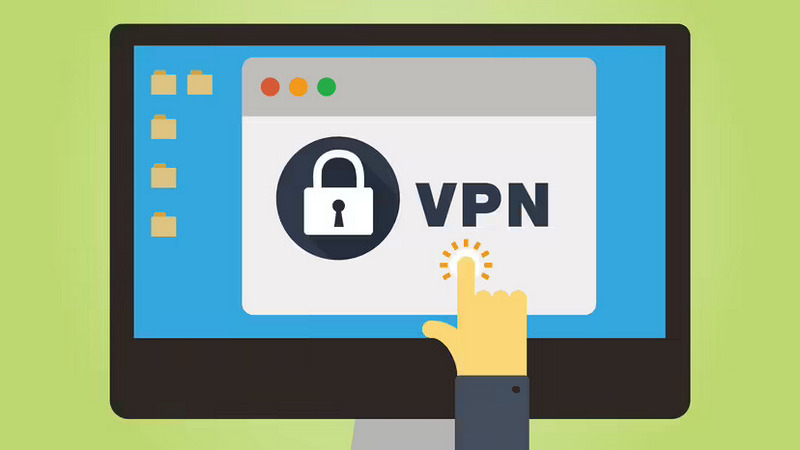
New builds squish bugs, resolve any playback kookiness, and ensure everything gets along with OS updates. If you've been having trouble recently, then an update might be the stability solution you're searching for. Regularly updating your OS and Spotify avoids those pesky version mismatches that ruin your stream.
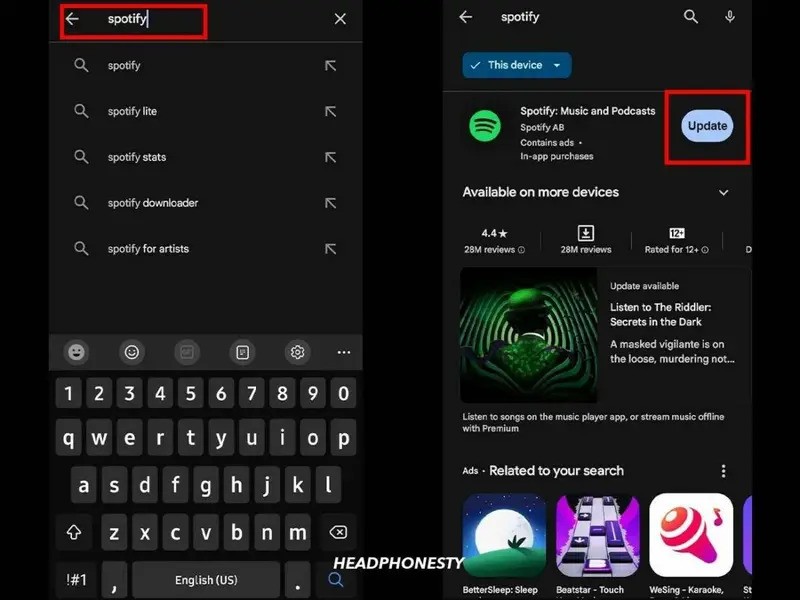
Buggy cache files can mess everything up, such as missing tracks, strange looping behavior, and offline playback issues. Rebuilding the cache forces the application to begin anew with fresh data and doesn't tamper with your playlists or account. And it frees up some space, which is great for low-storage devices.
Tip: If you’re choosing a Spotify playlist downloader, you can click the link to check it out.
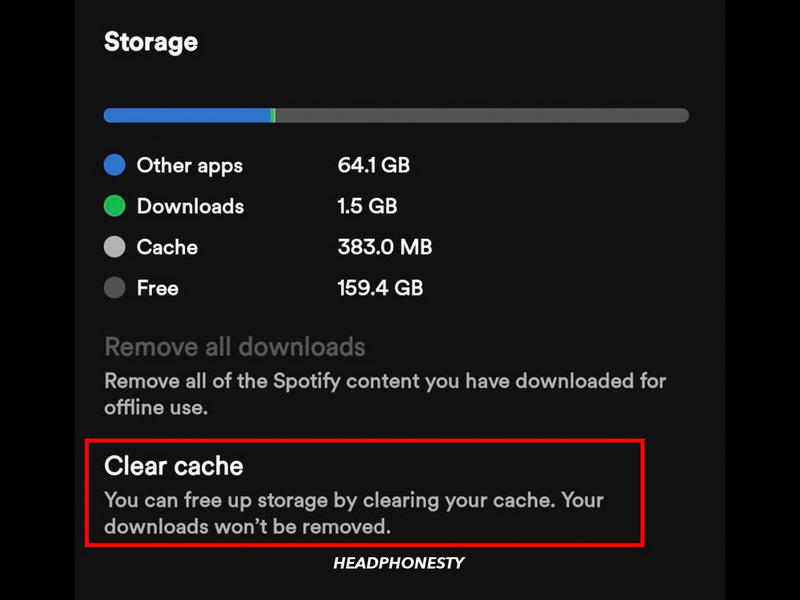
When damage goes deeper than the cache, a full reinstall wipes problematic files and restores default configurations. This is especially effective after major OS upgrades or when extensions and drivers have changed. Just be ready to re-download offline content and sign in again.
If the specific update was responsible for your issue and there is no hotfix, rolling back is a temporary patch you could apply. Just ensure you do it through reliable, official means and take note of the security and compatibility implications. Ensure you roll back to the latest version when it's stable.
When you’ve tried the usual suspects, bring in support. Share your device, OS, app version, and a clear description of the problem, plus any patterns you’ve noticed (e.g., only on Wi‑Fi, only with podcasts). The more precise you are, the faster they can pinpoint a fix. --- A stubborn app doesn’t mean a dead end. Work from the outside in: confirm service status, stabilize your network, refresh the app environment, and then reset what’s necessary. Most issues bow out by the update, cache–reinstall stage; if yours doesn’t, targeted support closes the loop.
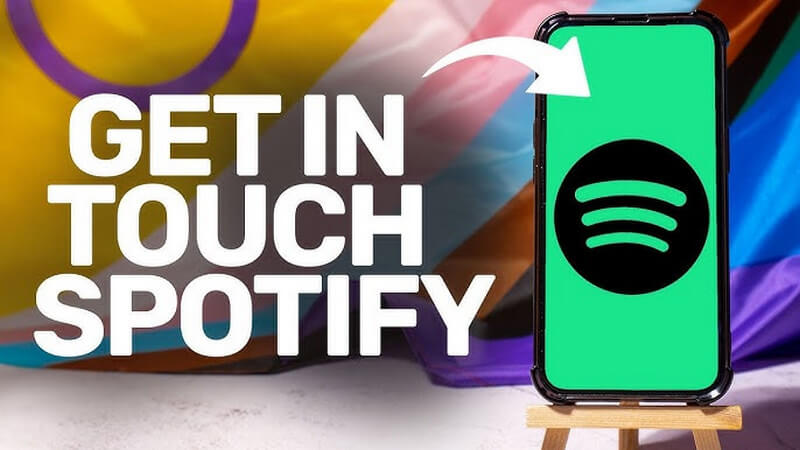
Normally, a Premium account is required to listen offline on Spotify. But if you want to download or listen to music from it without a Premium, a third-party downloader, StreamByte for Music will assist you. It connects to your Spotify library and captures high-quality audio streams when you’re listening, keeping all your tags and playlists organized and clean on any device.
In StreamByte, you can queue out entire albums, sweet playlists, or your favorite songs without putting each link on it every single time. In addition, you’ve got bitrate choices up to 320 kbps, and it even automatically adds the metadata. You won’t need to rename files or track down cover art—StreamByte will do all of them for you.
100% Secure. No virus.
100% Secure. No virus.
Features
• Download music with 320kbps and ID3 tags.
• Support multiple formats like MP3, AIFF, M4A, etc.
• Bypass DRM protection with one click.
• Use the latest AI mode to reach 35× faster speed to save music.
Tip: What’s the difference between Spotify free and Premium versions?
Step 1. Open the app and choose the Spotify platform.
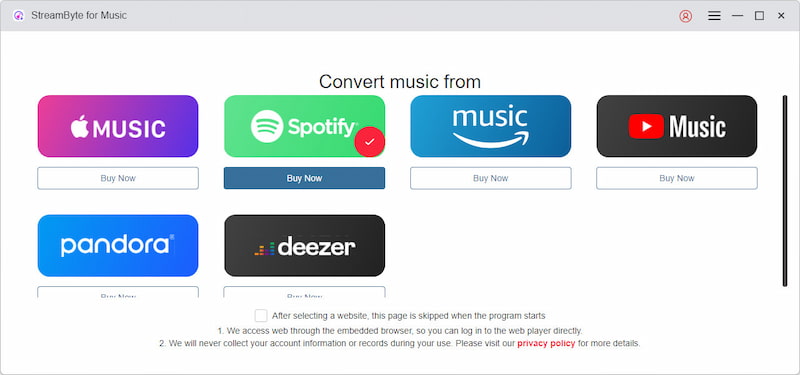
Step 2. Log in to your account and select the songs you want to save. Then, click Add to the conversion list.
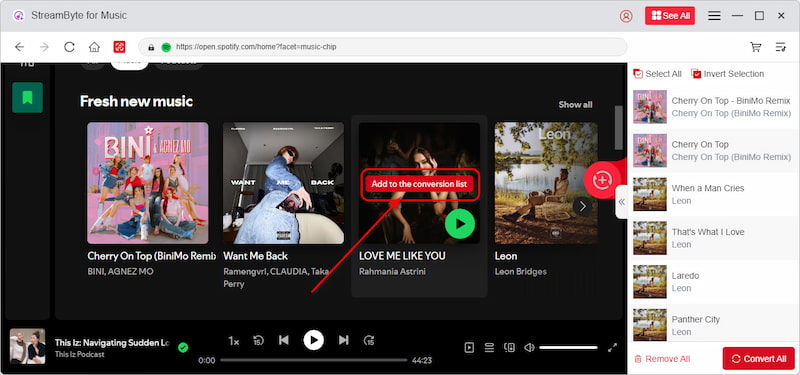
Step 3. Adjust the output folder and audio quality here. Then, select Convert All.
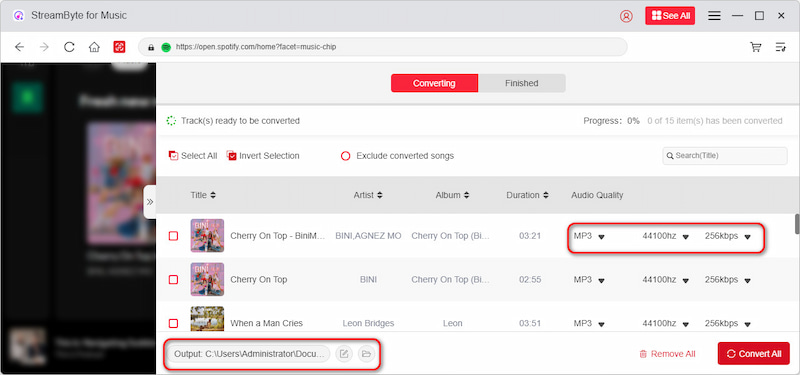
You can try these 10 solutions to solve the problem of Spotify Not Working, including internet checking, updating, and reinstalling the app etc. By the way, there’s also a superb tool - StreamByte for Music that allows you to download music from multiple mainstream platforms without a premium plan. Make sure you check it out.
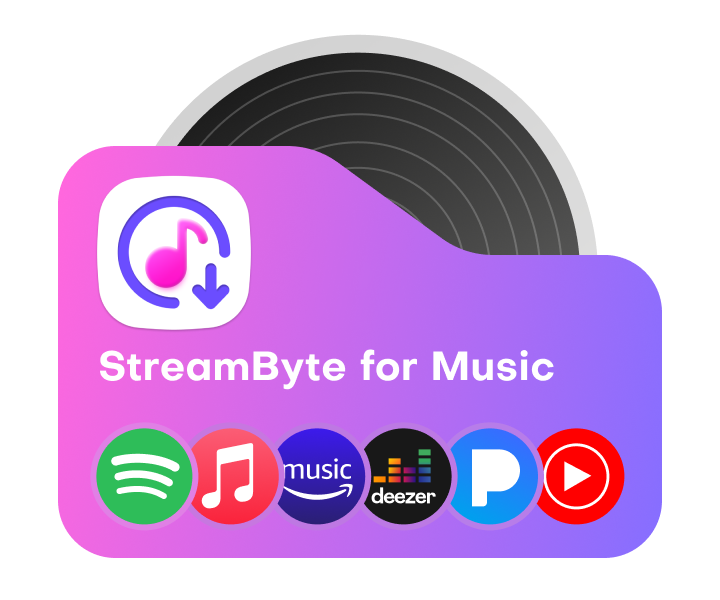
All Music Converter
Best music converter to download music from multiple streaming media without losing quality.

Subscribe to get StreamByte upgrades, guides, discounts and more in the first moment.
Invalid Email Address.